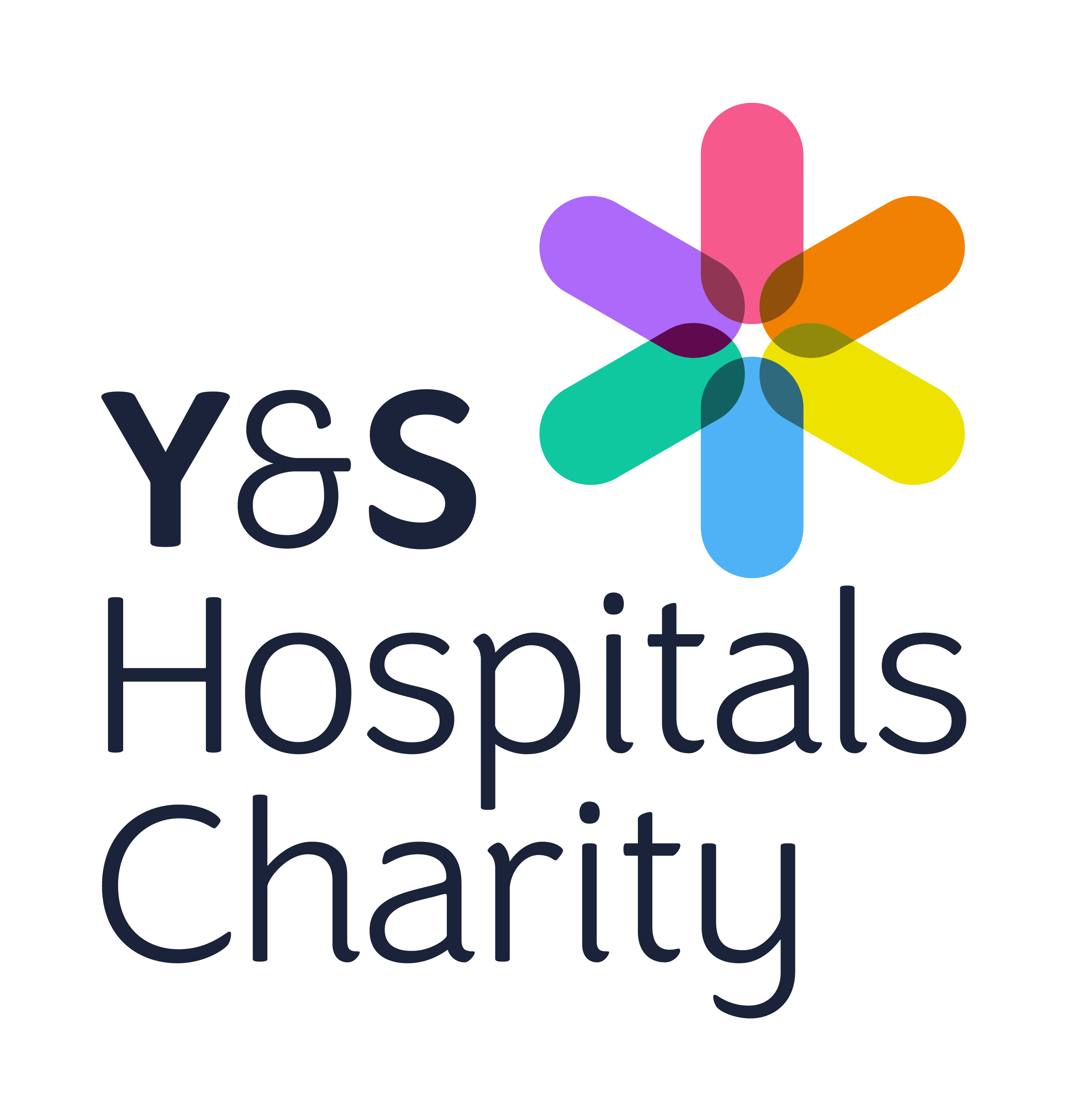In this section
Understanding national grading results and outcomes
Screening for diabetic retinopathy
NYDESP invite all eligible people with diabetes for an annual screening for diabetic eye disease. In some case we screen people more frequently (please see the table below) in our digital surveillance clinics for closer monitoring. We send the screening results to the person with diabetes and their GP.
Screening does not look for other eye conditions and we advise people with diabetes to continue to visit their optician regularly for an eye examination. However, if we see evidence of another eye condition which needs either urgent or routine assessment by an eye specialist, we refer directly to the local hospital.
If you need to find out when somebody is due screening or they have been referred to the local hospital, please contact us on 01904 726640. You will need the permission of the person you are enquiring about.
Grading outcomes
Grading result |
Grade |
Patient letter |
Outcome |
|
No retinopathy |
R0M0 |
Results appeared normal |
Annual recall |
|
Background retinopathy |
R1M0 |
Background Retinopathy |
Annual recall |
|
Maculopathy - low risk |
R1M1 |
Maculopathy |
Closer monitoring screening. 3, 6 or 9 month recall with OCT scan |
|
Maculopathy - high risk |
R1M1/ R3SM1 |
Maculopathy |
Routine referral to an eye specialist. Appointment should be within 13 weeks of screening date |
|
Pre-proliferative – low risk |
R2M0 |
Pre-proliferative |
Closer monitoring screening. 3, 6 or 9 month recall with multi-field photography |
|
Pre-proliferative – high risk |
R2M0 |
Pre-proliferative |
Routine referral to an eye specialist. Appointment should be within 13 weeks of screening date |
|
Pre-proliferative and maculopathy |
R2M1 |
Maculopathy |
Routine referral to an eye specialist. Appointment should be within 13 weeks of screening date |
|
Proliferative |
R3AM0 R3AM1 |
Proliferative |
Urgent referral to an eye specialist. Appointment should be within 6 weeks of screening date |
|
Treated stable proliferative |
R3SM0 |
Treated stable proliferative |
Closer monitoring screening. 3, 6 or 9 month recall with multi-field photography |
|
Unassessable |
U |
Photographs were not clear enough |
Referral to an SLB clinic. Appointment should be within 13 weeks of screening date |
Table to show the possible results and outcomes
No retinopathy R0M0
The retina appears normal. The next appointment will be in routine digital screening in 12 months.
Background retinopathy R1M0
The retina shows small changes in the blood vessels which do not require treatment or closer monitoring. The next appointment will be in routine digital screening in 12 months.
Diabetic maculopathy – low risk R1M1
The retina shows maculopathy that does not require treatment. The next appointment will be in a surveillance clinic for closer monitoring. Closer monitoring screening for maculopathy is offered at either 3, 6 or 9 month intervals with 2 field photography and an OCT. The appointment is still in the community with the same screening staff, but it might not be at the local GP surgery.
Diabetic maculopathy – high risk R1M1/ R3SM1
The retina shows maculopathy that need further assessment or treatment. The next appointment will be at the local hospital with an eye specialist.
Pre-proliferative retinopathy (moderate) – low risk R2M0
The retina shows moderate pre-proliferative changes. The next appointment will be in a surveillance clinic for closer monitoring. Closer monitoring screening for pre-proliferative disease is offered at either 3, 6 or 9 month intervals with multi-field photography. We will take about 8 photographs of each eye so that we can see more of the retina. The appointment is still in the community with the same screening staff, but it might not be at the local GP surgery.
Pre-proliferative retinopathy (severe) – high risk R2M0 / R2M1
The retina shows severe pre-proliferative changes that need further assessment. The next appointment will be at the local hospital with an eye specialist. Severe pre-proliferative eye disease is more likely to progress to proliferative retinopathy that needs treatment within a year.
Proliferative retinopathy R3AM0 / R3AM1
The retina shows proliferative changes which need urgent assessment or treatment by an eye specialist. The next appointment will be at the local hospital with an eye specialist.
Stable treated proliferative retinopathy R3SM0
The retina shows evidence of PRP and stable treated proliferative retinopathy. The next appointment will be in a surveillance clinic for closer monitoring. Closer monitoring screening for stable treated proliferative retinopathy is offered at either 6, 9 or 12 month intervals with multi-field photography. We will take about 8 photographs of each eye so that we can see more of the retina. The appointment is still in the community with the same screening staff, but it might not be at the local GP surgery.
Unassessable
The retinal photographs are not clear enough for us to see enough of the retina. The next appointment will be in a slit lamp clinic with an SLB examiner. The appointment is still in the community with a qualified SLB examiner, but it might not be at the local GP surgery.
Non-diabetic retinopathy eye conditions
The retina shows evidence of another eye condition which needs either urgent or routine assessment or treatment by an eye specialist. A direct referral will be made at the local hospital with an eye specialist. The person with diabetes will also continue to be screened for DR appropriately in NYDESP.
Screening does not look for other eye conditions and we advise people with diabetes to continue to visit their optician regularly for an eye examination.






